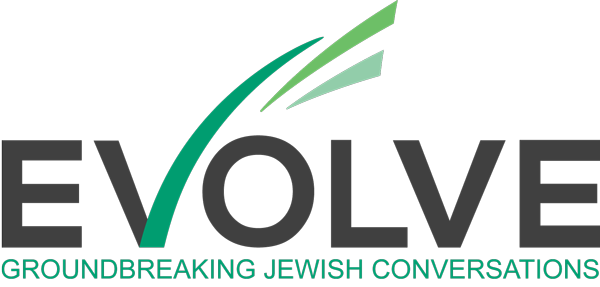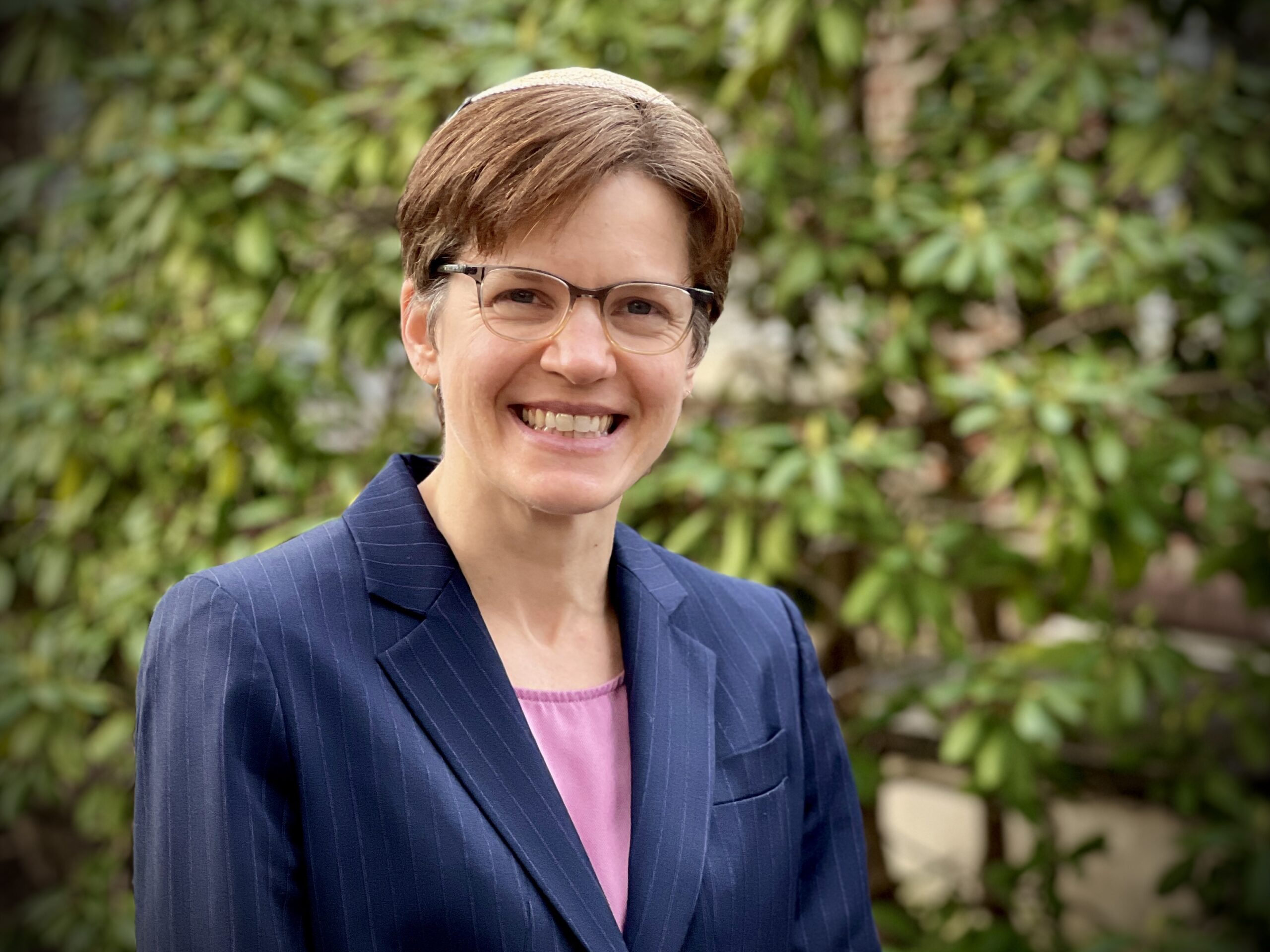Over two days in April, as I drove between home, my rabbinical school and the synagogue where I work, I couldn’t stop listening to the oral argument in a Supreme Court case, Mahmoud v. Taylor.[1] As an emerging rabbi, a lawyer, a wife and a mother, I was captivated by the combination of questions raised by this case, questions sitting at the intersection of my professional and my personal life. Most of all, I wondered: What does it mean right now in our country to be “religious,” and does it include me and the people I serve?
Mahmoud v. Taylor was brought by Montgomery County, Maryland, public school parents who argued that the county’s elementary-school Pride curriculum, consisting of LGBTQ+-inclusive picture books, violates their constitutional right to free exercise of religion. The petitioners — Muslim, Roman Catholic and Ukrainian Orthodox parents — argued that exposure to this curriculum contradicts their religious beliefs.
I imagine the Mahmoud argument stung so much because the accomplished lawyers and justices speaking with open animus about marriages like mine and about people like me were speaking in the name of something else that I hold dear: religious practice. I wasn’t ready to lose both my civil rights and my public identity as a religious person. I began searching for ways for liberal American Jews to also articulate ourselves in the current cultural and political context as religious people. How could we show up as people claimed by something bigger than ourselves, people who encounter creation with awe and wonder and people for whom Torah is a compass guiding our lives? This essay is my beginning of an answer to that question.
How can we show up as people claimed by something bigger than ourselves — people who encounter creation with awe and wonder, and people for whom Torah is a compass guiding our lives?
It will not surprise people who follow the Supreme Court that the parents won. In June, 10 years and one day after Obergefell v. Hodges, the case that established marriage equality nationwide, the Supreme Court held that the Pride picture books burden the parents’ constitutional right to free exercise of religion, and the parents may opt their children out of lessons from the Pride curriculum.[2]
In the Supreme Court argument, the justices focused on a book in the second and third grade curriculum: Uncle Bobby’s Wedding. The book depicts a wedding between two men, told from the perspective of their young niece, and includes illustrations of Uncle Bobby and his husband Jamie holding hands and embracing. The parents called this book “religiously offensive” and argued that they have a “religious duty” to “shield their young children from such content.”
If I didn’t already know that the parents would win this case, I knew it when Justice Alito said, “same-sex marriage is legal in Maryland. … Now there are those who disagree with that. Catholics, for instance, they disagree with that.” His words implied that Maryland has some sort of special legal recognition for same-sex couples. By framing his comment that way, Alito refused to acknowledge that marriage equality has been constitutionally required nationwide for ten years, since the Supreme Court decided Obergefell in 2015. When some people “disagree” with Supreme Court decisions, as Justice Alito did by dissenting in that case, it doesn’t make them any less the law of the land.
The word “religious” was used 156 times in the oral argument, and the word “religion” was used 35 times. Ten times the argument referred to “religious parents.” All these mentions referred exclusively to religious views that marriage between two men or two women is offensive. Both sides assumed that people with certain religious beliefs would consider the Pride curriculum antithetical to their religious beliefs; the question before the court was whether those parents have a constitutional claim.
At no time in the two-and-a-half-hour argument did anyone point out that some religious parents or religious communities might not object to Uncle Bobby’s Wedding or might support the Pride curriculum. At no time did anyone acknowledge any religious life in America that includes Uncle Bobby and Jamie, and celebrates their wedding.
On the two days I listened to the argument, my calendar shows I did the following, among other things: attended classes in rabbinical school, planned a preschool Shabbat service, prayed for a person undergoing surgery, marked Yom Hashoah (Holocaust Remembrance Day), tutored children in chanting Torah and taught a weekly Torah study class. I assume anyone looking at my calendar could identify me as a religious person.
On the two days I listened to the argument, my calendar does not show: I woke up in the home my wife and I bought when we got married. (We chose a home close to a strong public school because we hoped to be blessed with children.) We ate breakfast with our children and listened to stories of their school days. At night, we counted days 11 and 12 of the Omer. I kissed them goodnight.
* * *
Listening to the Mahmoud argument drove home in the starkest terms the consequences of the 50-plus-year ascent of the American religious right. Yes, I am a religious parent: I am a parent and a religious person, and I am doing all I can to raise my children with strong Jewish identities. But in contemporary American discourse, I am also, paradoxically, not a “religious parent”; not if “religious” means holding certain conservative beliefs about social and political issues; not if “religious” means insisting upon “shielding” my children, on religious grounds, from Uncle Bobby’s Wedding.
* * *
The word “religion” is believed to derive from the Latin ligare, “to bind.” As Rabbi Joshua Boettiger points out poetically in a recent Evolve essay, religion shares that Latin root with the words ligament and obligate: “Religion in its original etymological sense is a ligamenting phenomenon. An obligating phenomenon.”[3]
In biblical Hebrew, “to bind” is the root קשר, kuf shin resh. This word shows up in Judah’s speech to Joseph. In Genesis, after Joseph’s brothers sell him into slavery in Egypt, he rises in Pharaoh’s court and eventually controls the distribution of grain. During a famine in Canaan, Joseph’s brothers come to him to plead for food. After many years, and in a foreign context, the brothers don’t recognize Joseph, but he knows who they are. In order to find out whether they’ve changed their ways, he asks them to leave their youngest brother, Benjamin, with him as an enslaved person.
Judah makes a long speech to his brother Joseph, pleading for Benjamin’s liberty. In the speech, Judah attempts to connect with this high-ranking Egyptian official through shared humanity, focusing on family bonds: his father, Jacob, he explains, could not survive losing another son, because ונפשו קשורה בנפשו venafsho keshurah venafsho (Genesis 44:30): “his life force is bound up with his.” Jacob’s nefesh, his life force, is bound up with his youngest son’s. To protect that bond, Judah offers Joseph his own body, his own servitude, in place of Benjamin.
The Torah, ever concise, does not explicate nafsho keshurah venafsho, but Targum Onkelos, the ancient Aramaic interpretation, helps us understand what it means: וְנַפְשֵׁיהּ חֲבִיבָא לֵהּ כְּנַפְשֵׁיהּ, venafsheh haviva leh kenafsheh, “his [Benjamin’s] nefesh is as beloved to him [Jacob] as his own.”
Maybe this is what it means to be benai Yisrael, the descendants of Jacob: to bind one’s lifeforce to the life of another in such a way that others, like Judah, notice and honor that bond, offering their own selves to protect it. In such a way that others readily interpret it as love.
Judah’s turn of phrase cracks Joseph open. Having nursed decades of hurt after his brothers sold him into slavery, Joseph finally witnesses his brothers’ protection of Benjamin, and he breaks down. As the Torah tells, he cries so loudly that his sobs were heard in Pharaoh’s palace (Genesis 45:1-2).
One of the functions of Jewish peoplehood is to draw us into a bond, a sense of having one’s life bound up with another: a sense of obligation.
This description, one nefesh bound up with another, surfaces only once more in Tanakh. In the story of Jonathan and David, we hear its echo:נפש יהונתן נקשרה בנפש דוד, nefesh Yonatan niksherah benefesh David, “Jonathan’s life was bound up with David’s life.” The verse goes on, explicit this time, no need for an interpreter: Jonathan loved him כנפשו, kenafsho, as his own life (1 Samuel 18:1).
Many read the story of Jonathan and David and see a story of romantic love. Complete with swords and cloaks and trysts and oaths, the story can read as an epic romance. Are Jonathan and David gay heroes? Some take that position, grounded in the text. Others say no, arguing that our contemporary frameworks for gay identity and for romantic love do not map onto biblical culture. Maybe, in contrast to American 21st-century masculinity, biblical masculinity was broader, celebrating intimacy between male friends, a type of intimacy less visible today.[4]
Whether Jonathan and David were drawn to each other in a way we would today call queer, or whether they were modeling a platonic ideal of male friendship, the text is plain: it was a relationship of love. “Jonathan loved David as himself. … Jonathan and David entered into a brit (covenant), because he loved him as himself.” (1 Samuel 18:3)[5]
They love each other. Sometimes, that means people are a romantic couple. Sometimes, it doesn’t. In the picture book, Chloe asks her mother why Uncle Bobby is getting married. “‘Bobby and Jamie love each other,’ said Mama. ‘When grown-up people love each other that much, sometimes they get married.’” The justices of the Supreme Court read that passage aloud during the argument and included it in the opinion[6] as an example of how the Pride curriculum “substantially interferes with the religious development of children” and imposes an unconstitutional burden on religious exercise. No one pointed out that the line in the picture book is pretty close to the text of the Bible: “Jonathan and David entered into a brit, because he loved him as himself” (1 Samuel 18:3).
* * *
One of the functions of Jewish peoplehood is to draw us into a bond — a sense of having one’s life bound up with another: a sense of obligation. Rabbi Mordecai Kaplan describes this obligation as “a living presence in one’s daily routine … a not-self that prohibits and commands.” The customs and practices arising out of obligation that is experienced in community “help to bring into relief the aspect of cooperation as an active and ever present bond among those who constitute the people.”[7]
Peoplehood is not the goal; it’s a process. I appreciate Boettiger’s clarification that obligation is a step beyond peoplehood:
What does it mean to be obligated to another person? I think it means we are open to being surprised by them; possibly changed by them; inconvenienced by them; that the way we are going to be called to love and serve is not how we would script it.[8]
When we, like Jonathan and David, show others our love; when we, like Judah, invest in and speak up to protect others’ bonds; when we, like Joseph, are moved to tears by another person living an obligated life, we are ligamenting ourselves: deepening connection even as we open to the possibility of motion or surprise. We are acting out of a religious impulse.
* * *
We treasure our bonds, and our bonds are not only with people. Every day, in the first paragraph of the Shema, we say, ukshartam le’ot al yadekha: “bind these [words of Torah] as a sign on your arm” (Deuteronomy 6:8). Whether we interpret this literally as wrapping tefillin or metaphorically as keeping words of Torah close to our hearts, each time we pray, we repeat the instruction to bind up our lives with Torah. If our bonds with our loved ones represent obligation through immanence — finding the sacred in the face of the other — our bonds with Torah represent obligation through transcendence.
When Joseph hears Judah’s speech, when he hears Judah describe Jacob’s nafsho keshura venafsho, his heart breaks open. He is, as Boettiger might say, open to being surprised by them. It is not how he might have scripted it. He realizes he is obligated to these men, his brothers, who had loomed so large in his life as estranged antagonists. Joseph weeps. Then he says, “‘I am Joseph. Is my father still alive? … Come close to me.’ And they came close.” Genesis 45:3-4.
As benai Yisrael, the descendants of Jacob, we bind our lives to the lives of others, and we bind our lives to the words of Torah. We know what the black letters on the scroll say, but we don’t know what the script for our obligated lives will be. We bind ourselves in such a way that others notice and honor that bond, offering their own selves to protect it. In such a way that others readily interpret it as love. In such a way that it opens the gate of tears. We invite close those who are different, and, be’ezrat Hashem, they come close to us. We articulate ourselves in terms of our obligations, our ligature our religion.
[1] Mahmoud v. Taylor, No. 24-297 (Apr. 22, 2025). The oral argument audio, which was unusually long (two and half hours), can be found here. A transcript of the argument can be found here.
[2] The Supreme Court’s decision is here.
[3] Rabbi Joshua Boettiger, “I’m Religious, Not Spiritual: The Nuances of Obligation,” May 2, 2025, available here.
[4] We’re in a cultural moment of nostalgia for close male friendships. See, for instance, Sam Graham-Felsen, “Where Have All My Deep Male Friendships Gone?” New York Times Magazine, May 25, 2025, available here ; Tiffany Watt Smith, “How the Passionate Male Friendship Died,” The Atlantic, May 19, 2025, available here (behind paywall): https://www.theatlantic.com/family/archive/2025/05/men-friendship-history/682815/.
[5] These verses, referring to both love and covenant (brit) are part of the textual foundation for the b’rit ahuvim/ahuvot marriage contract, an alternative to the traditional kiddushin, by Rachel Adler. Her model contract includes 1 Samuel 18:3. See B’rit Ahuvim: Lovers’ Covenant, available here and in Rachel Adler, Engendering Judaism (Jewish Publication Society, 1998). Same-sex couples and other couples avoiding the acquisition model of kiddushin sometimes use Adler’s Brit Ahuvim/Ahuvot for their ketubah.
[6] You can see this page of the book on p. 44 of the Supreme Court opinion.
[7] Mordecai Kaplan, The Future of the American Jew (New York: MacMillan, 1948), p. 86.
[8] Boettiger, “I’m Religious, Not Spiritual.”








One Response
Than you Maria Pulzetti for this very interesting piece. A life without bonding to others would make my life less meaningful — thanks for expressing this so eloquently.. As long as I’ve known you, you have been one of my teachers and have enhanced my spirituality and knowledge of Judaism.